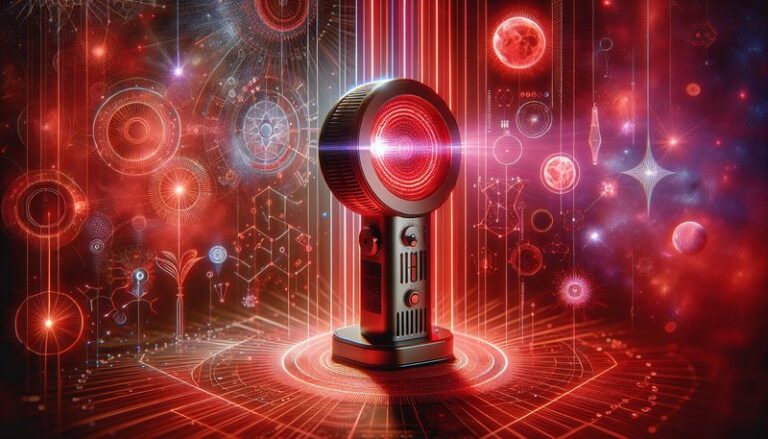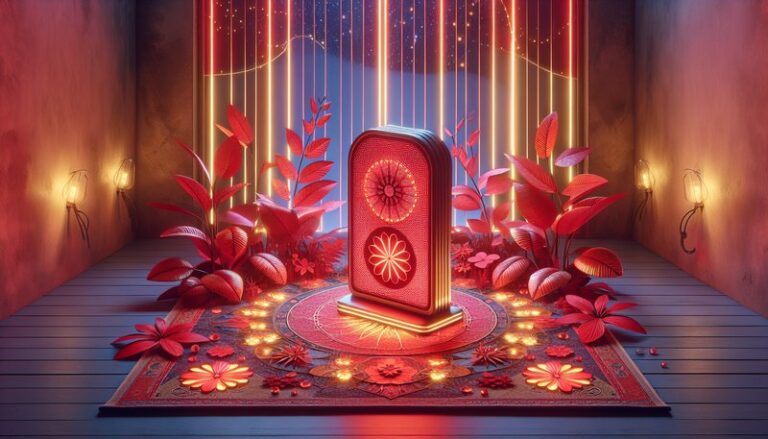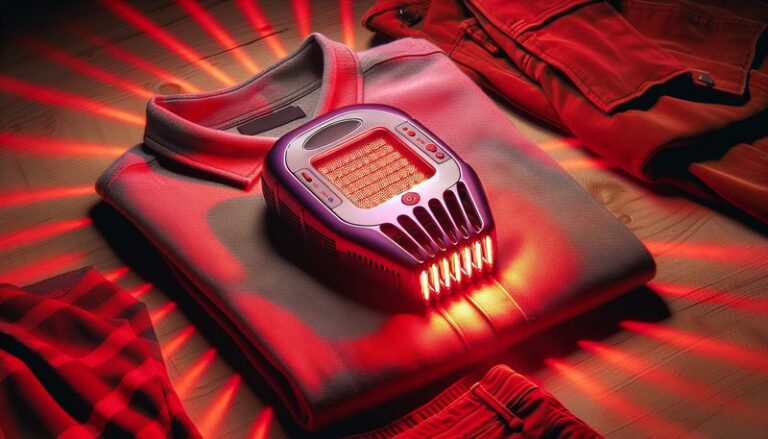Can Red Light Therapy Help Kidney Stones?
Can Red Light Therapy Help Kidney Stones?
Could red light therapy be an effective method for managing kidney stones?
This article will explore the concept of red light therapy and its potential benefits for kidney stones. We will examine what red light therapy is, its benefits specifically related to kidney stones, the feasibility of applying this therapy to kidney stone treatment, considerations to keep in mind, alternatives available, and answer some frequently asked questions on the topic.
Key Takeaways
- Red light therapy may help alleviate pain and promote healing in individuals dealing with kidney stones.
- This therapy is non-invasive and can be considered as part of a broader wellness strategy for kidney health.
- Consultation with a healthcare provider is essential before starting any new treatment regimen, including red light therapy.
What is Red Light Therapy?
Red light therapy, also known as low-level laser therapy (LLLT), is a treatment that uses low wavelengths of light to stimulate cellular function. By penetrating the skin, red light therapy promotes various biological processes such as increased blood flow, reduced inflammation, and accelerated healing. It is applied in multiple medical and therapeutic contexts, including pain management, skin rejuvenation, and muscle recovery.
This therapy works on the principle that certain wavelengths of light can energize cellular processes, helping to repair tissue and promote healing. It’s increasingly being researched for its benefits in various conditions, leading to a growing interest in its applications for kidney health.
What are the Benefits of Red Light Therapy?
In this section, we will explore the potential benefits of red light therapy specifically in relation to kidney stones.
Pain Relief
One of the notable benefits of red light therapy is its ability to alleviate pain. This can be particularly helpful for individuals suffering from kidney stones, as the passing of stones can result in severe discomfort or sharp pain. The therapy’s anti-inflammatory properties may help reduce the pain response and promote quicker recovery.
See the comprehensive guide Is Red Light Therapy Effective?
Promoting Healing
Red light therapy is known for its ability to stimulate cellular repair and regeneration. For individuals with kidney stones, this could mean quicker healing and recovery post-treatment. It may enhance tissue repair in the kidney area, potentially reducing the risk of complications.
Reducing Inflammation
Inflammation is a common issue in those suffering from kidney stones. Red light therapy can potentially reduce inflammation in the urinary system, promoting better kidney function and health. This property makes it an attractive adjunct therapy for kidney stone patients.
Enhancing Blood Circulation
Improved blood flow is another benefit associated with red light therapy. Enhanced circulation can help deliver essential nutrients and remove waste products from the kidneys more effectively, supporting overall kidney health.
Is it Possible to Use Red Light Therapy for Kidney Stones?
While research is still ongoing, red light therapy is increasingly being considered as a potential complementary treatment for individuals experiencing kidney stones. However, it is important to approach this therapy with caution and understanding.
What are the Advantages of Using Red Light Therapy?
Safety and non-invasiveness are perhaps the most significant advantages of red light therapy. This therapy can easily be administered in various settings, without the need for surgical intervention.
What are the Disadvantages of Using Red Light Therapy?
Despite its benefits, red light therapy is not a magic cure for kidney stones. It should not replace traditional medical treatments, especially in severe cases. The effectiveness of red light therapy for kidney stones needs more substantial clinical evidence and is subject to individual variation.
What are the Things to Consider Before Using Red Light Therapy?
Before starting red light therapy for kidney stones, individuals should keep several considerations in mind.
Consultation with a Healthcare Provider
Prior to initiating any new treatment, including red light therapy, it is essential to consult with a healthcare provider. They can provide guidance based on individual health history and current medical conditions.
Individual Health Conditions
The effectiveness of red light therapy can vary based on individual health conditions. Those with specific kidney issues or other underlying health concerns should proceed with caution and professional oversight.
Compatibility with Other Treatments
It is vital to consider how red light therapy may interact with other treatments or medications for kidney stones. Understanding the compatibility with existing treatment plans is crucial for safe application.
What are the Alternatives to Red Light Therapy?
If red light therapy is not suitable or available, there are alternative options for dealing with kidney stones.
Hydration and Dietary Changes
Staying hydrated is one of the most effective ways to prevent and manage kidney stones. Increasing water intake and making specific dietary changes can significantly reduce the risk of stones forming.
Medication
Various medications can help in managing pain associated with kidney stones or prevent their formation. Doctors may prescribe medications based on the size and type of stones.
Extracorporeal Shock Wave Lithotripsy (ESWL)
For larger stones, ESWL is a non-invasive procedure that uses sound waves to break stones into smaller pieces, allowing them to be passed more easily.
Conclusion: Is it Recommended to Use Red Light Therapy?
In summary, while there is potential for red light therapy to assist in the management of kidney stones through pain relief and promoting healing, more research is needed to establish its efficacy. It is best viewed as a complementary approach alongside traditional medical treatments. Individuals considering this therapy should consult their healthcare providers to explore its potential benefits within their overall treatment plans.
Get the complete insights in Duration of Red Light Therapy?
Frequently Asked Questions
Can red light therapy completely cure kidney stones?
No, red light therapy is not a cure for kidney stones. It may help alleviate symptoms and promote healing, but it should not replace medical treatment.
How often should I use red light therapy for kidney stones?
Frequency of use varies, but many practitioners recommend sessions ranging from 10 to 30 minutes, several times a week. Consult a healthcare provider for personalized advice.
Are there any side effects associated with red light therapy?
Generally, red light therapy is safe with minimal side effects. Some people may experience mild redness or irritation at the application site.
Is red light therapy approved by the FDA for treating kidney stones?
As of now, red light therapy is not specifically approved by the FDA for the treatment of kidney stones. It’s important to rely on traditional treatments and consult healthcare professionals for guidance.
What should I look for in a red light therapy device?
When selecting a red light therapy device, consider factors such as wavelength compatibility (typically 600-900 nanometers), power output, and the device’s intended use. Always seek quality and reliable brands.
With this comprehensive overview, readers can better understand the potential role of red light therapy in managing kidney stones while being aware of its limitations and alternatives.






